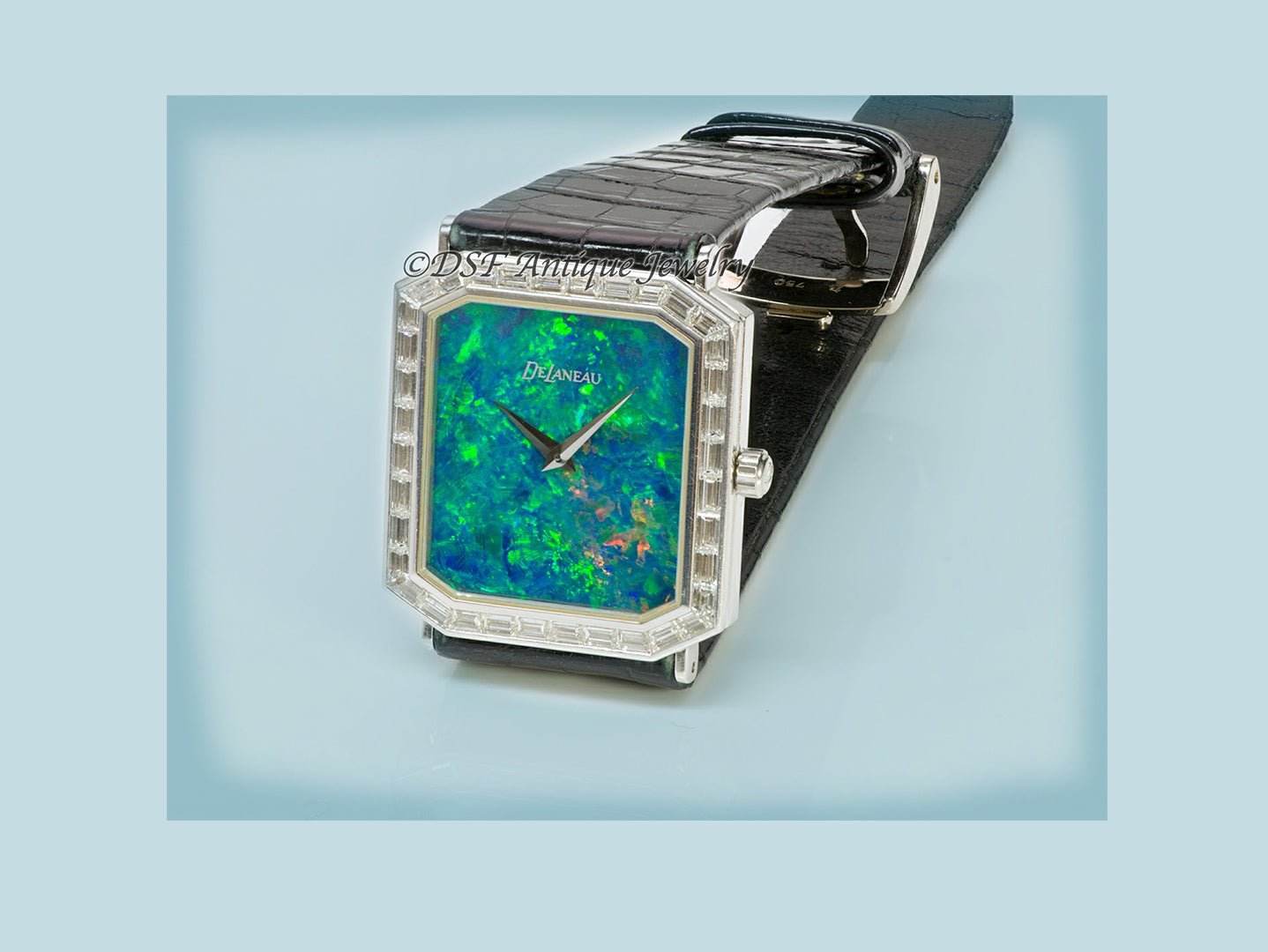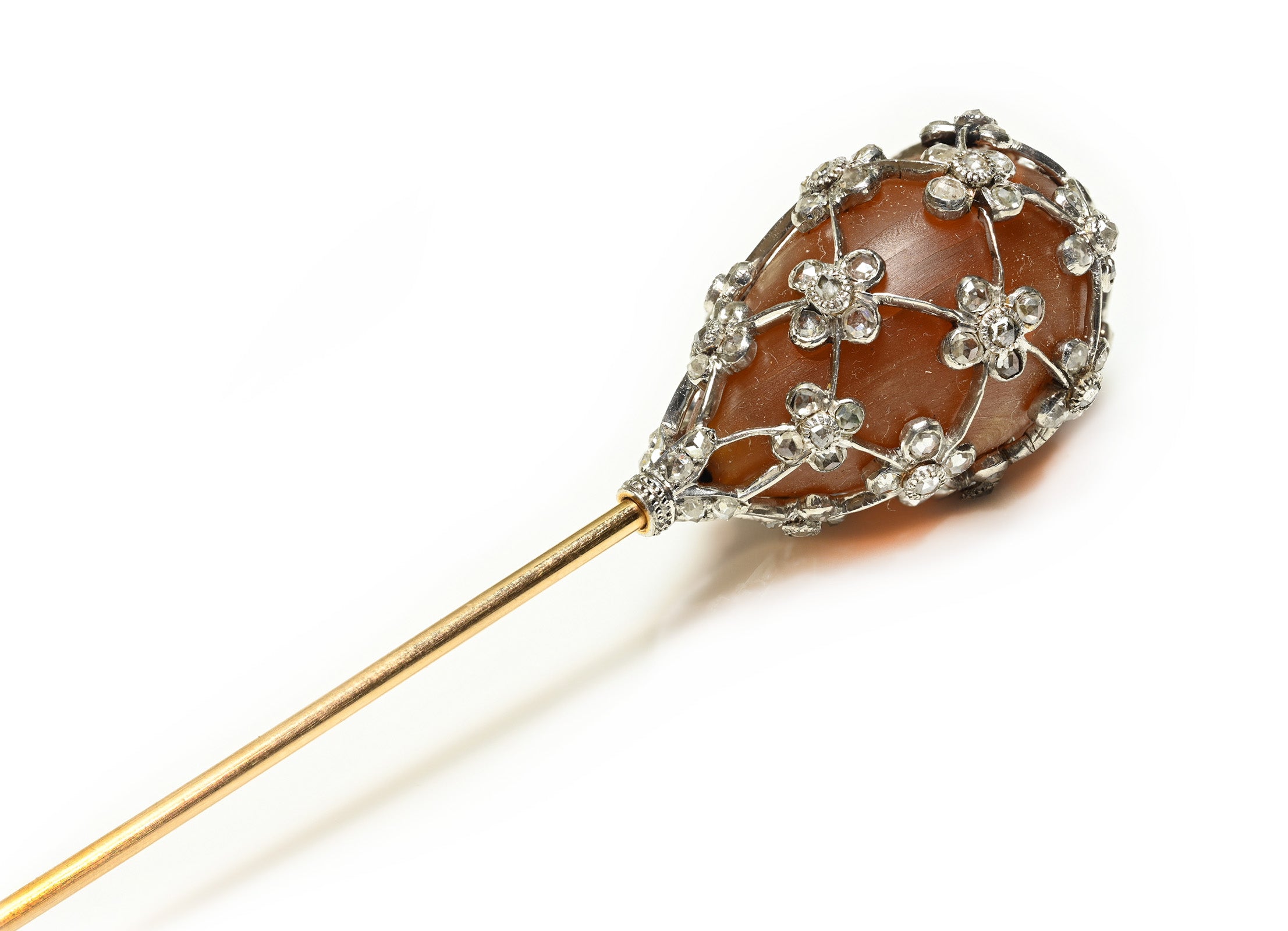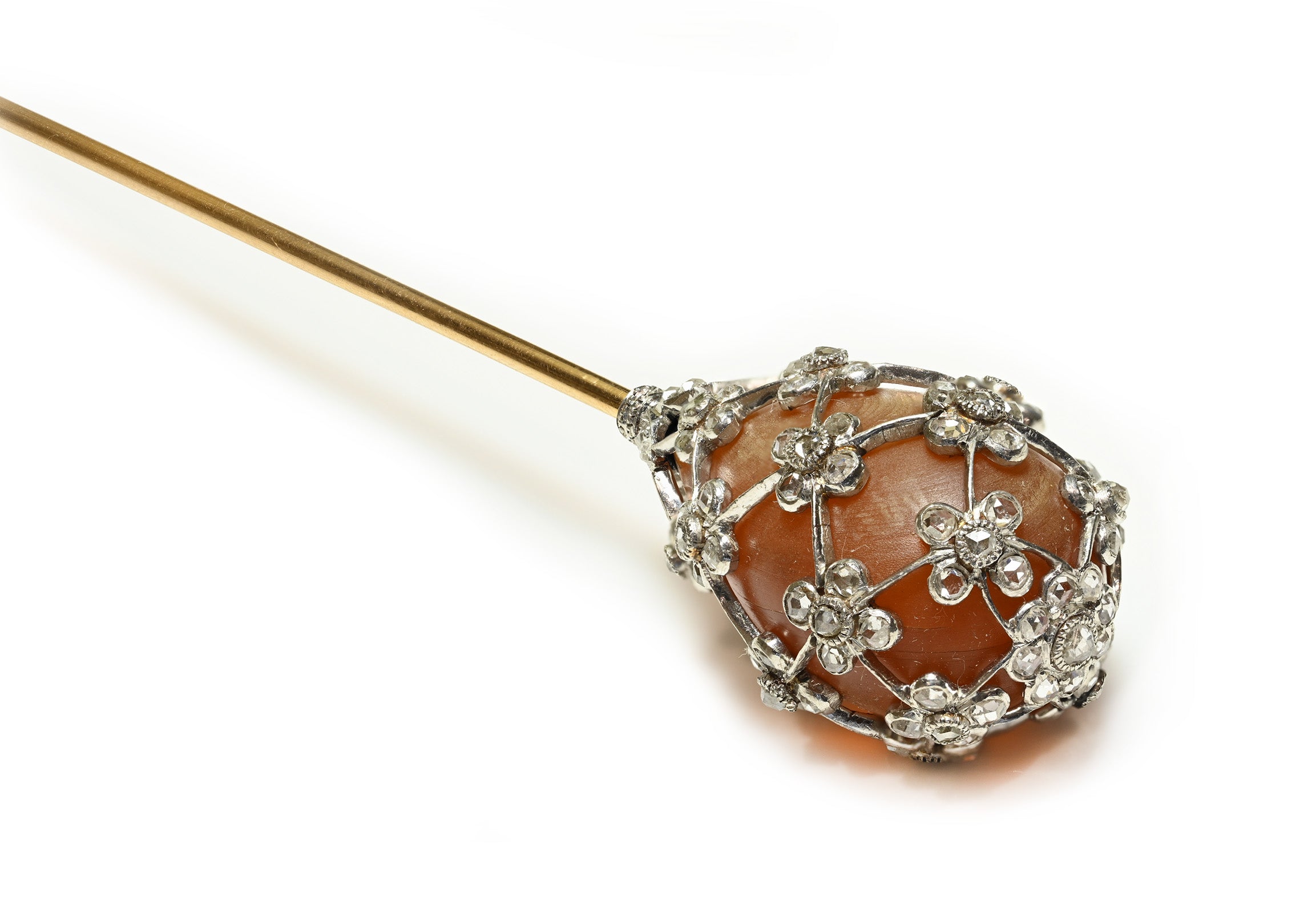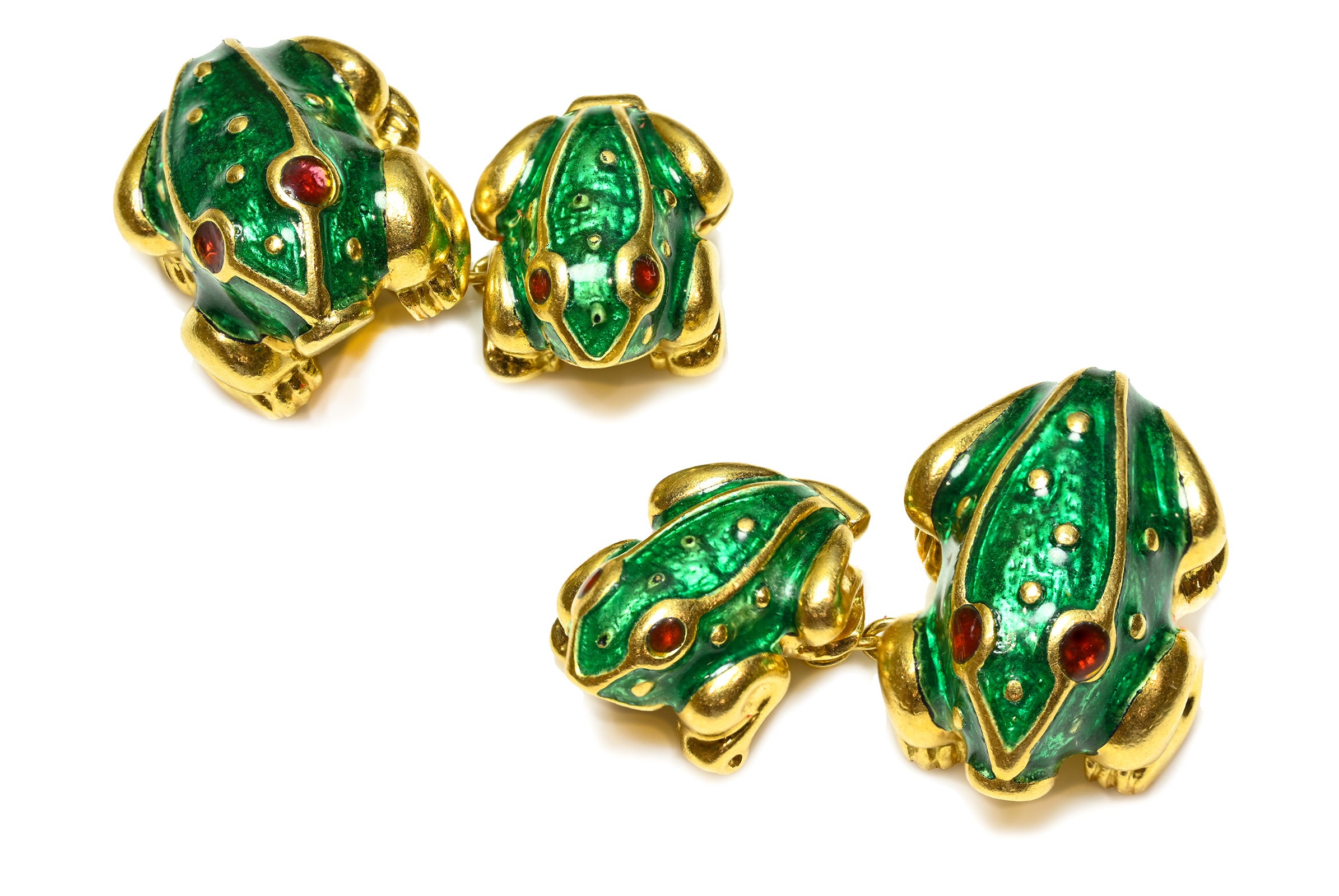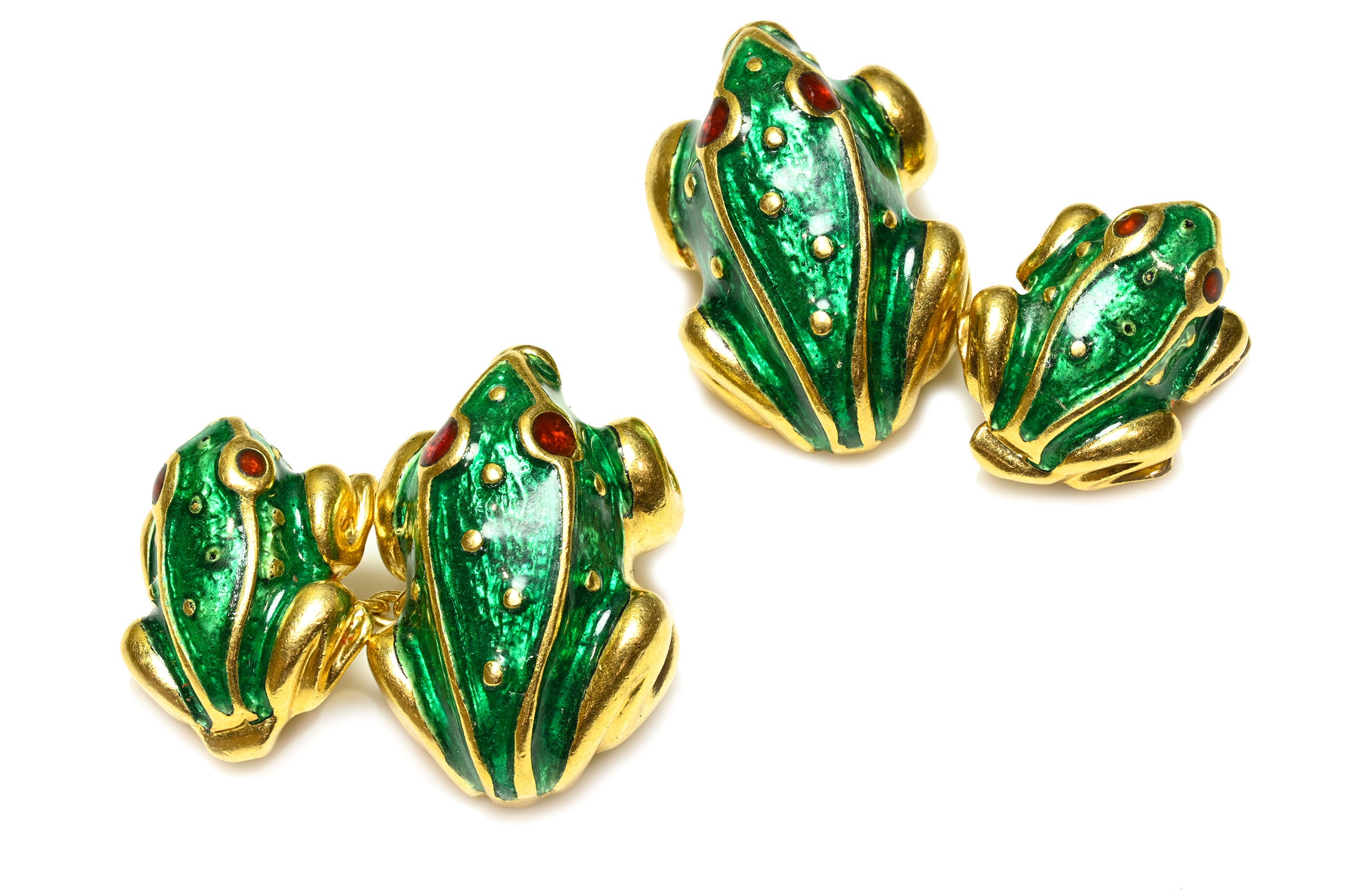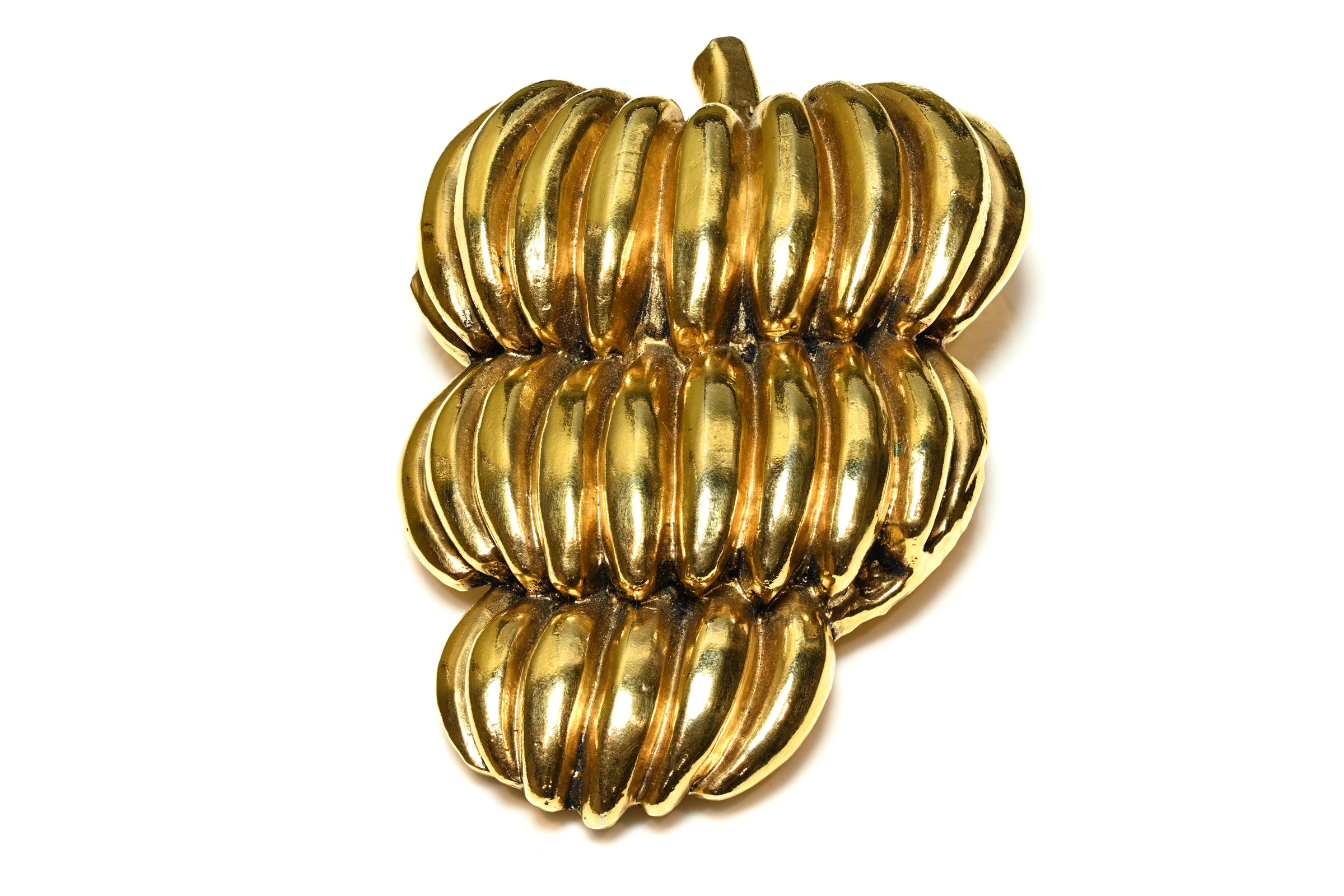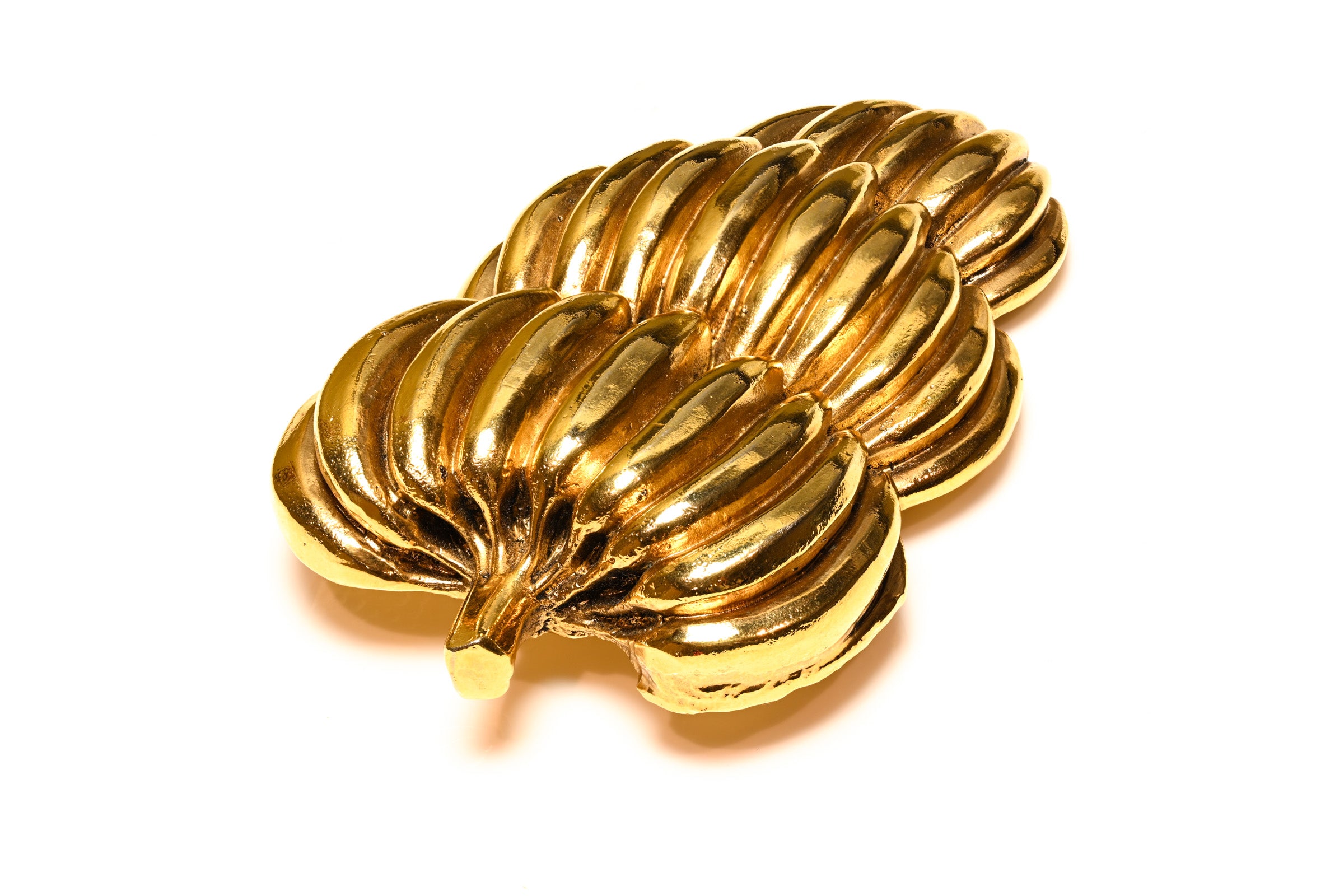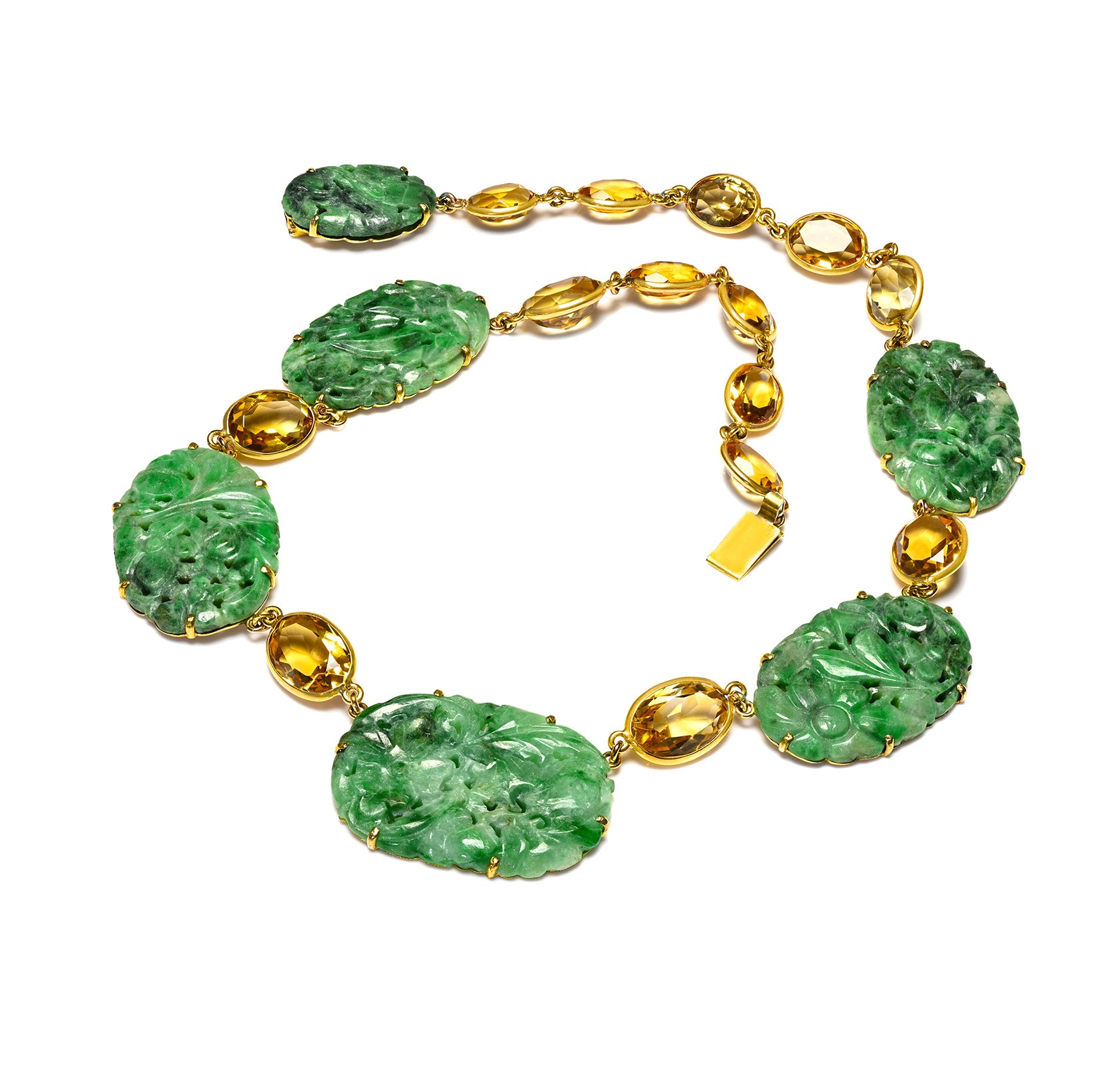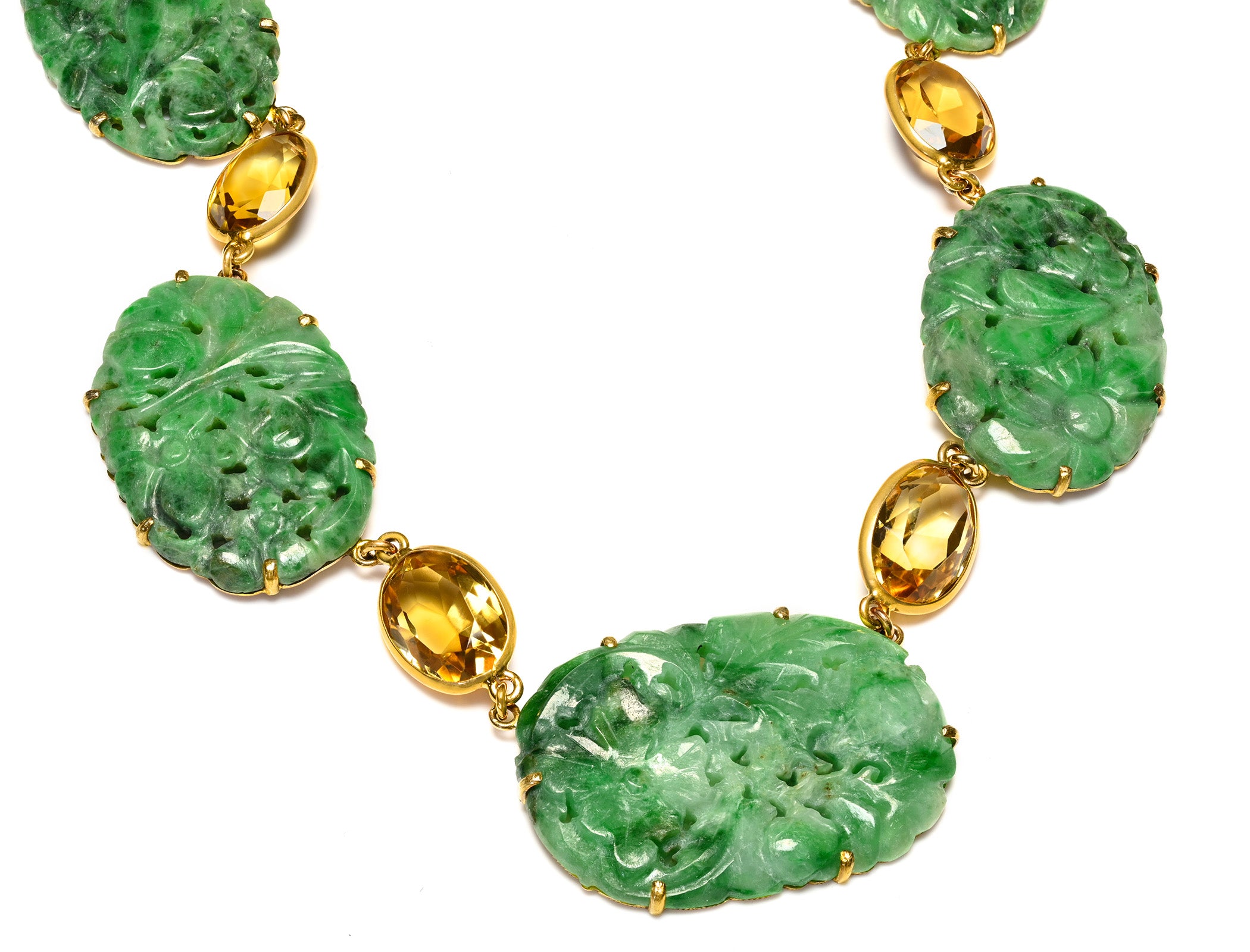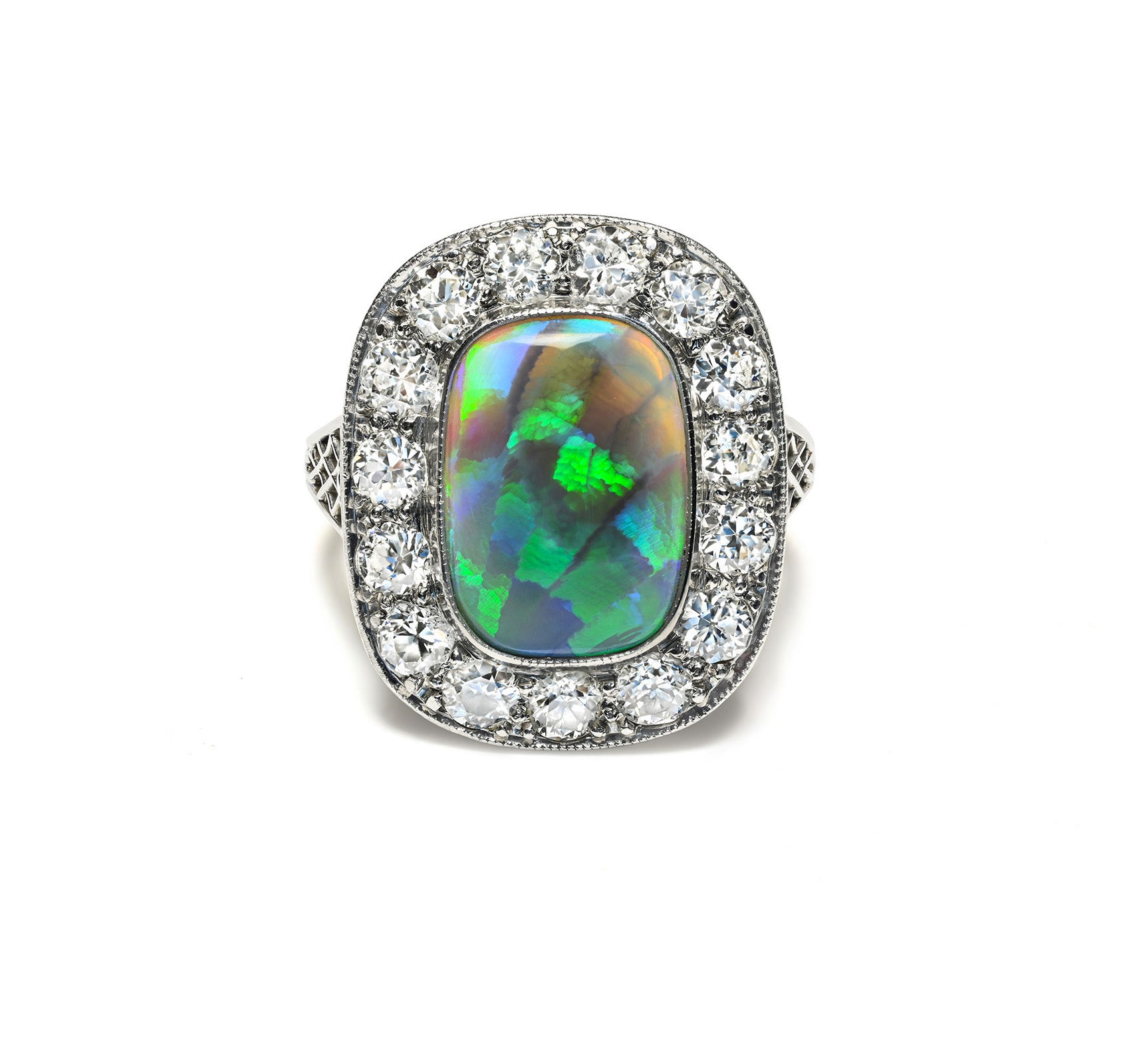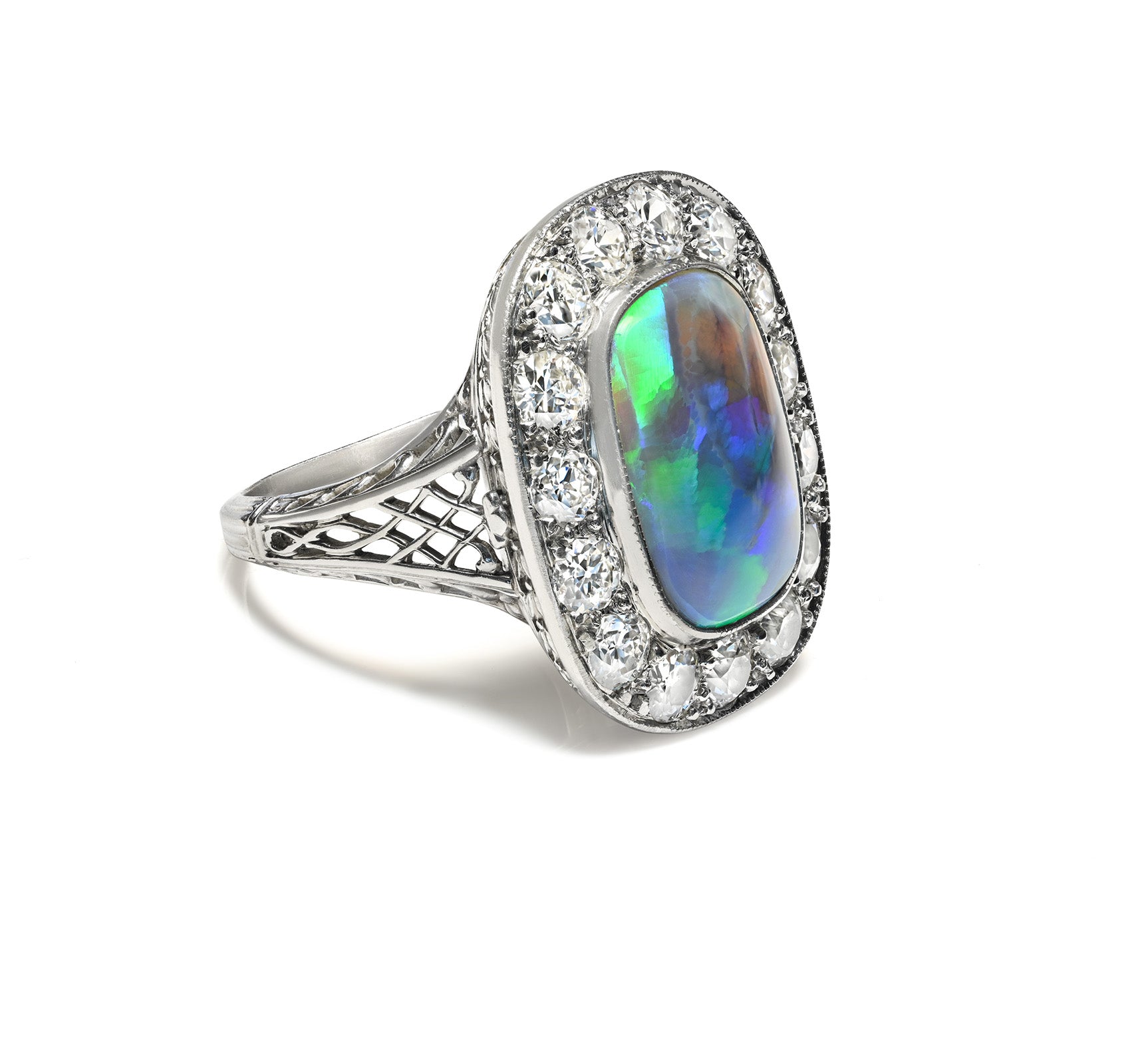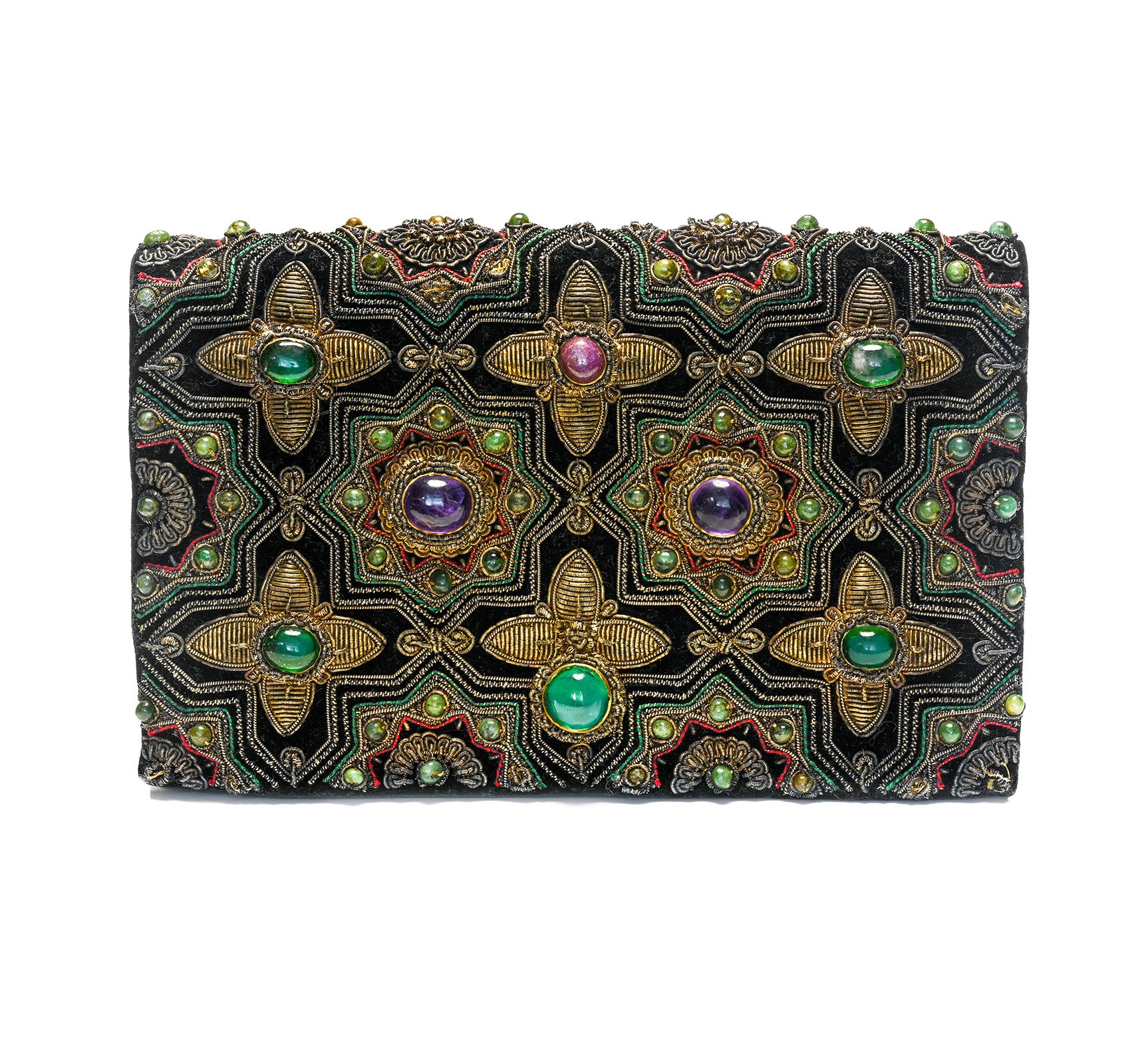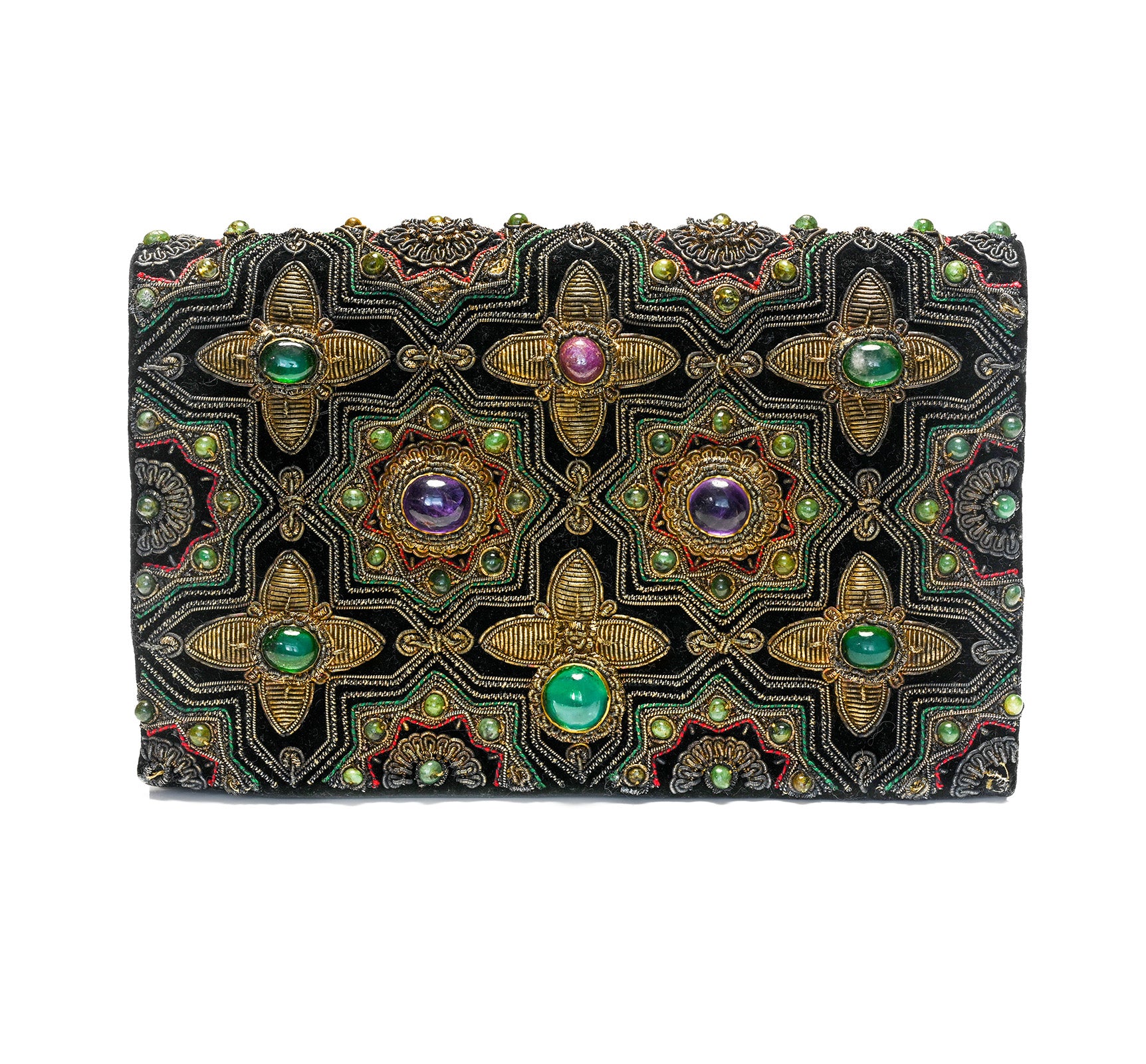
Discover the Mysteries of the Magical Tanzanite Gemstone
Tanzanite is one of the rarest precious gemstones on earth and one of the most undervalued in relation to its rarity. This incredibly beautiful stone is a thousand times harder to find in nature than diamonds.
"Tanzanite is the most beautiful blue stone to be discovered in 2000 years", said Henry Platt, the president of Tiffany & Co. in 1968.
While the world's most popular gem - the diamond - has been known and used for hundreds of years, tanzanite was discovered in commercial quantities only in the 1960s. Shortly afterward, it became the second most popular blue stone after sapphire.
The growing popularity of this transparent gemstone with mesmerizing shades ranging from blue to purple was determined by its vivid color, high clarity, and its potential to be cut into various large shapes.
Tanzanite may be a relatively new stone in the world of colored gemstones, but it was one of the most exciting discoveries of the 20th century. It was a delight for the world of jewelry.
It is considered a lucky stone for those born in December and is now also the gemstone gifted on the 24th wedding anniversaries.
About Tanzanite: Origins and Legends
Tanzanite has only one source: it is commercially mined in one place in the world – Merelani, Tanzania, East Africa.
The legend says that in 1967, on a stormy day, a bolt of lightning struck a tree in Merelani, setting the savannah of Tanzania on fire. The brown zoisite crystals on the ground were heated to the core by the flames and, by miracle, their color changed spectacularly.
Coincidentally, a Masai tribesman stumbled upon a cluster of highly transparent, intense violet-to-blue crystals weathering out of the earth in Merelani. He alerted a local fortune hunter named Manuel de Souza. Souza hoped it's a new sapphire deposit. Instead, the deposit contained one of the newest precious stones in the world: tanzanite.
Shortly afterward, new discoveries of tanzanite deposits followed in the same 20-square-mile area. No one knew for sure what those beautiful crystals were, but everyone hoped the beautiful blue gems will make them rich. The new gem would eventually be known as tanzanite, and it would compete in popularity with the three most famous colored gemstones in the world: sapphire, emerald, and ruby.
Tiffany & Co. recognized its potential as an international seller and closed a deal, becoming its main distributor. Tiffany & Co. named the gemstone in honor of Tanzania and promoted it through a major advertising campaign in 1968. Almost overnight, the spectacular tanzanite became popular among the most important jewelry designers, as well as among customers passionate about unusual gemstones.
Now, the entire mining area the tanzanite comes from is only 2 kilometers wide and 8 kilometers long. In 2013, independent geologists assessed the largest tanzanite mine, Tanzanite One, as having only 30 years left. Although smaller mines in the area remain unmeasured, many believe that when tanzanite supplies are exhausted, the stone will become a historic "heritage" stone, sought after by gems and jewelry enthusiasts across the globe.
In mechanized mining operations, workers recover tanzanite from mines dug more than 800 meters deep in the ground. To the north of the mines, you can see the snow-covered slopes of Mount Kilimanjaro.
In one of the mines, there are around 300 workers. At the ground level, you won't see anything impressive, just a simple tunnel from which a cart comes out from time to time. In the depths, however, the tunnel descends, winding, to a depth of about 800 meters.
From the surface to the bottom, the distance is almost two kilometers. In the galleries, the temperature rises to 45 degrees. The miners are sinking into the bowels of the earth. After thirty minutes of descending, they traveled only a third of the way...
The Characteristics of Tanzanite
Tanzanite is a blue-purple to bluish-purple variety of the zoisite mineral. Its appearance is greatly influenced by its pleochroism, which is the ability of a gemstone to show different colors when viewed in different crystal directions.
Tanzanite's pleochroism was documented in scientific papers shortly after its discovery. In 1969, an American mineralogist described the pleochroic colors of the precious gemstone as "red-purple, deep blue and yellow-green."
Today, most tanzanite gems are heat-treated, which eliminates or reduces the yellow-green or brownish pleochroic color, maximizing the blue and purple. High-quality tanzanite can be purple-blue - similar to the fine sapphire color - or a unique, predominantly purple hue.
Some stones may also look more purple, depending on how the cutter chooses to orient the fashioned gem.
The exact face-up color depends on the inherent color of the original rough stone, its size, the pleochroic colors the cutter favors when orienting the stone, and the light the finished stone is viewed under.
Cold light will emphasize tanzanite blue, while warm lighting will make it look more violet-to-purple. Like other colored gemstones, brightly colored vivid tanzanites are highly sought after. Lighter pastel shades are more abundant and affordable than those with vivid colors.
Tanzanite is resistant to normal heat, light, and ordinary chemicals. However, this stone can break if exposed to very high temperatures or sudden changes in temperature and degrades easily. It can be attacked by hydrochloric and hydrofluoric acid.
While blue tanzanite remains by far the most popular, there are other colors like pink, orange, yellow, and green that are sought after. These incredibly rare occurrences are often referred to as "fancy tanzanite".
While the blue pigment of tanzanite comes from vanadium in the rocky substratum, these different colors are said to have been created by traces of other elements such as manganese.
Tanzanite care tips: Warm water and soap is the best combination to clean this gemstone. Ultrasonic and steam cleaners are never recommended for tanzanite. Prolonged contact with water and detergents should be avoided, as exposure will lead to loss of shine.
A well-kept secret among collectors and gemologists, fancy tanzanites are amazing investments and assets to any jewelry collection.
Tanzanite Jewelry is a Great Investment
Tanzanite gems or jewelry pieces have increasing value due to their rarity.
In the near future, the price of this gemstone promises to skyrocket as geologists estimated that the deposits of tanzanite will be completely exhausted in the coming decades. The window for acquiring first-hand Ttanzanites is therefore very limited. The predicted decrease in the availability of tanzanite jewelry makes it one of the best and safest investments.
Unlike most of the gemstones which are mined in several countries, tanzanite does not have price protection. Events such as floods or mining challenges can also have an immediate impact on the supply and price.
Another factor that may affect prices is the growing demand for tanzanite from China. A recent article in National Jeweler shows how the impact of the rise of the Chinese and other emerging markets is affecting colored gemstones prices, tanzanite being one of the main stones affected.
Energetic and Spiritual Properties of Tanzanite
Tanzanite is said to strengthen the immune system, detoxify the blood and improve vitality. It helps regenerate cells, skin, hair and protects against the side effects of medical or surgical interventions.
Tanzanite is useful in treating psychological disorders, stress and nervous tension. It can relieve headaches and along with other treatments, such as counseling, can help cure chronic alcoholism.
It is believed that tanzanite helps you to overcome experiences of fear and crisis and to rebuild your trust.
Tanzanite has strong spiritual energies that can establish a connection between your mind and the higher realms.
As a workplace stone, tanzanite is considered to be calming and soothing. Even a tiny piece is beneficial for overcoming communication difficulties. It is also practical in finding a solution to problems when there seems to be none.
Explore a curated collection of exquisite tanzanite jewelry at DSF Antique Jewelry and discover the timeless allure of this remarkable gemstone.

